Imagine watching a preschooler trying to button up their favorite jacket. They carefully grab the tiny button and thread it through the hole. It’s not easy, but they persist, and with a little wiggle and a proud smile, they conquer it. Those’re fine motor skills in action and here, we’ll dive into the world of fine motor activities for preschoolers.
Math & ELA | PreK To Grade 5
Kids see fun.
You see real learning outcomes.
Watch your kids fall in love with math & reading through our scientifically designed curriculum.
Parents, try for free Teachers, use for free
Fine motor skills are all about those small, intricate movements kids make with their hands and fingers. Think about picking up small objects, holding a crayon to draw, or cutting paper with safety scissors. These skills may seem small, but they’re a big deal in your child’s development.
We’ll explore why these skills matter, and we’ll share some amazing activities to improve fine motor skills of preschoolers to boost those tiny yet mighty fingers.
What are Fine Motor Skills for Preschoolers?
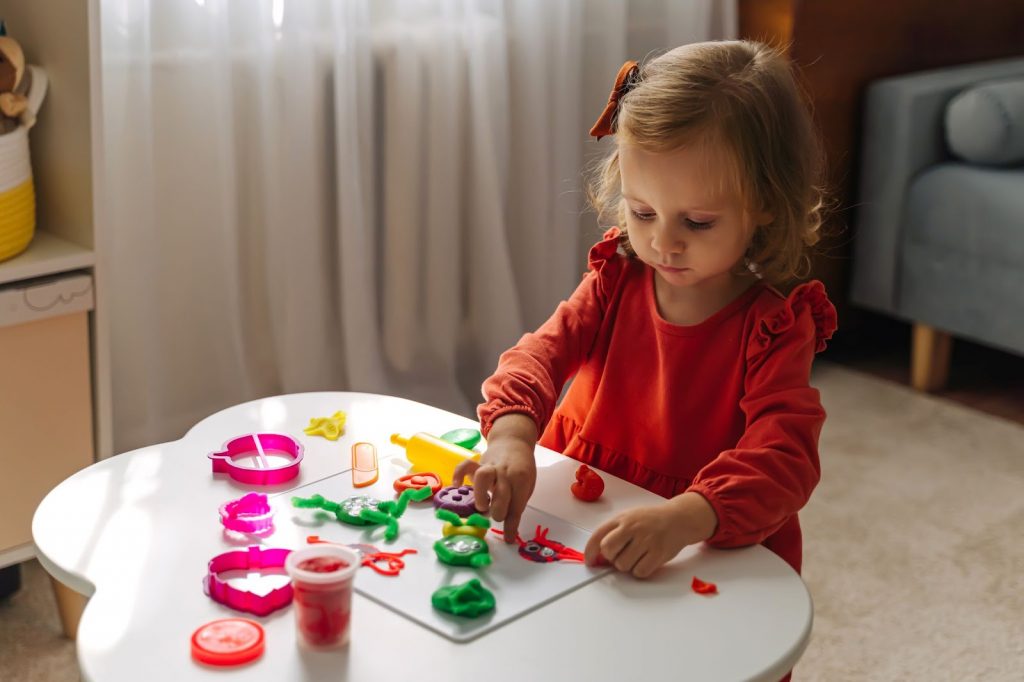
Fine motor skills are like training your little hands and fingers. They’re all about the small stuff – the precise movements that kids make with their hands and fingers. Think about it as a way your child learns to control and use those tiny muscles.
These skills may sound simple, but they’re the foundation for many everyday tasks. They’re like the building blocks for life skills. For preschoolers, fine motor skills mean:
- Grasping: This is the basic skill of holding things. It’s what allows your child to pick up a toy, hold a pencil, or even use a spoon.
- Hand-Eye Coordination: It’s like teamwork between the eyes and hands. When a child tries to put a puzzle piece in the right spot or string beads onto a string, that’s hand-eye coordination in action.
- Precision: Think of your child coloring within the lines or stacking blocks to build a tower. These tasks need precision, and fine motor skills help your child do them better.
- Independence: As kids master fine motor skills, they become more independent. They can put on their shoes, fasten buttons, and even zip up their own jackets.
- Self-Expression: Ever seen your child make a unique drawing? That’s fine motor skills helping them express themselves through art.
5 Importance of Fine Motor Activities for Pre-k Kids
Fine motor activities are a big deal for little hands, and here’s why:
1. Making Everyday Life Easier: Think about it – from getting dressed to eating with a fork, fine motor skills help kids do things on their own. It’s like giving them the keys to independence.
2. Getting Ready for School: When preschoolers play with puzzles or color with crayons, they’re getting ready for the big school adventure. These skills are the ABCs of learning.
3. Building Strong Muscles: Fine motor activities aren’t just about fingers; they also flex those hand muscles. It’s like a mini gym workout, but way more fun.
4. Boosting Creativity: Give a kid some playdough, and watch the magic happen. Fine motor activities let kids explore their creative side, and that’s a beautiful thing.
5. Confidence and Patience: Mastering these skills takes time, but when they succeed, it’s a confidence boost. Plus, it teaches patience, which is a skill for life.
So, preschool motor skills activities are more than just play – they’re life lessons in action!
21 Best Fine Motor Activities for Preschoolers: Tiny Hands, Big Skills
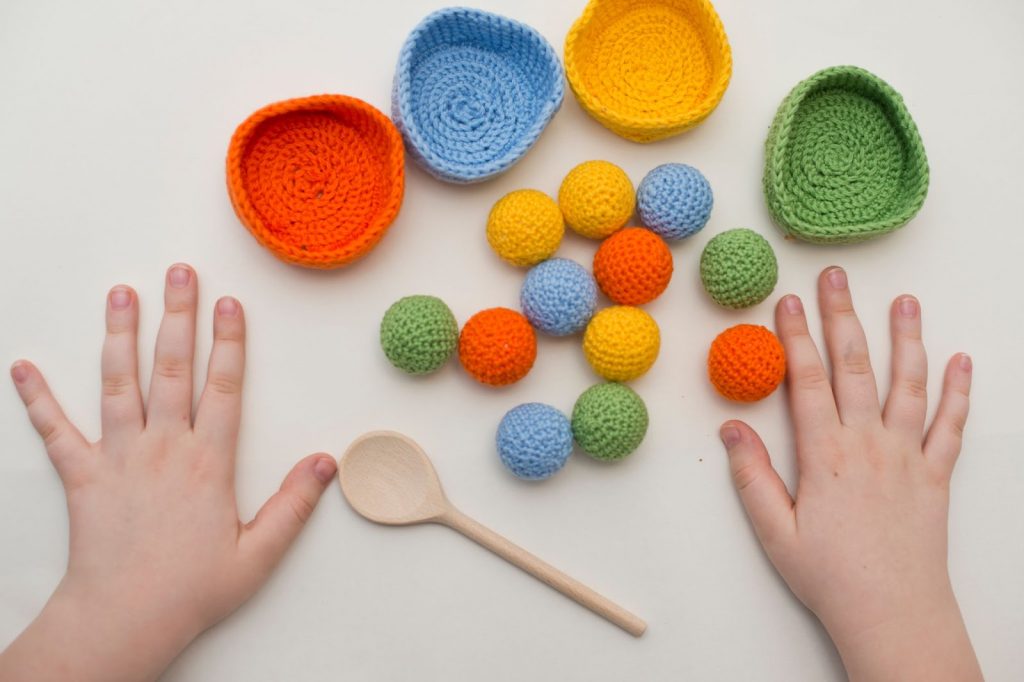
In the colorful world of childhood, where every day is an adventure and learning knows no bounds, fine motor skills play a crucial role. These little skills are the building blocks for a child’s journey toward independence, creativity, and academic readiness. In this section, we’ve compiled a list of fine motor activities for preschoolers.
From the squishy joy of playdough to the precision of threading beads onto a string, these fine motor activities for preschoolers are like magical portals to a world of growth and discovery. Simple yet profound, each activity contributes to the development of those tiny hands and fingers, setting the stage for lifelong learning. So, roll up your sleeves, gather your supplies, and let’s dive into a world of hands-on exploration, where fun and skill-building go hand in hand.
1. Playdough Fun
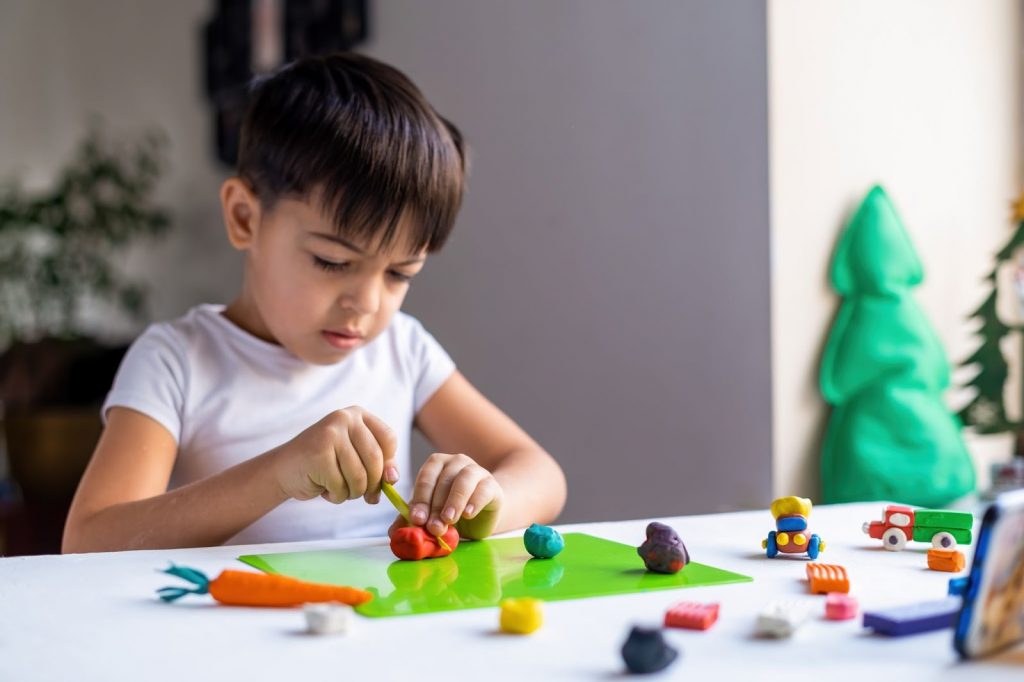
How to do it: Roll, shape, and create with playdough. Mold animals, shapes, or anything that sparks your child’s imagination.
Why it helps: Playdough is a fantastic hands-on activity that strengthens finger muscles, enhances hand-eye coordination, and encourages imaginative play. It’s a fun way for kids to develop fine motor skills while expressing their creativity.
2. Bead Stringing
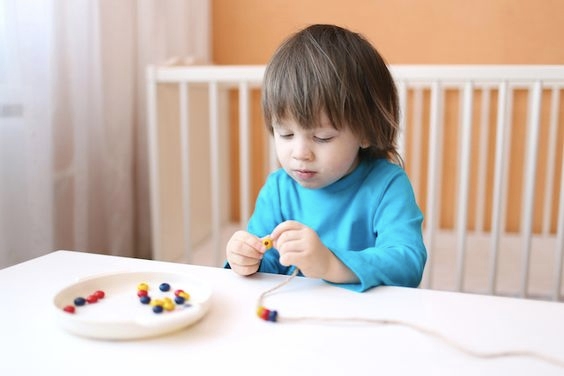
How to do it: Give your child some big beads and a string. They can practice hand-eye coordination while making their own bead jewelry.
Why it helps: Bead stringing is a hands-on activity that boosts fine motor skills, concentration, and patience. It also fosters creativity as children design their bead patterns and jewelry, all while refining their dexterity.
Related Reading: Best Concentration Games for Kids to Develop Super Focus & Attention Skills
3. Finger Painting
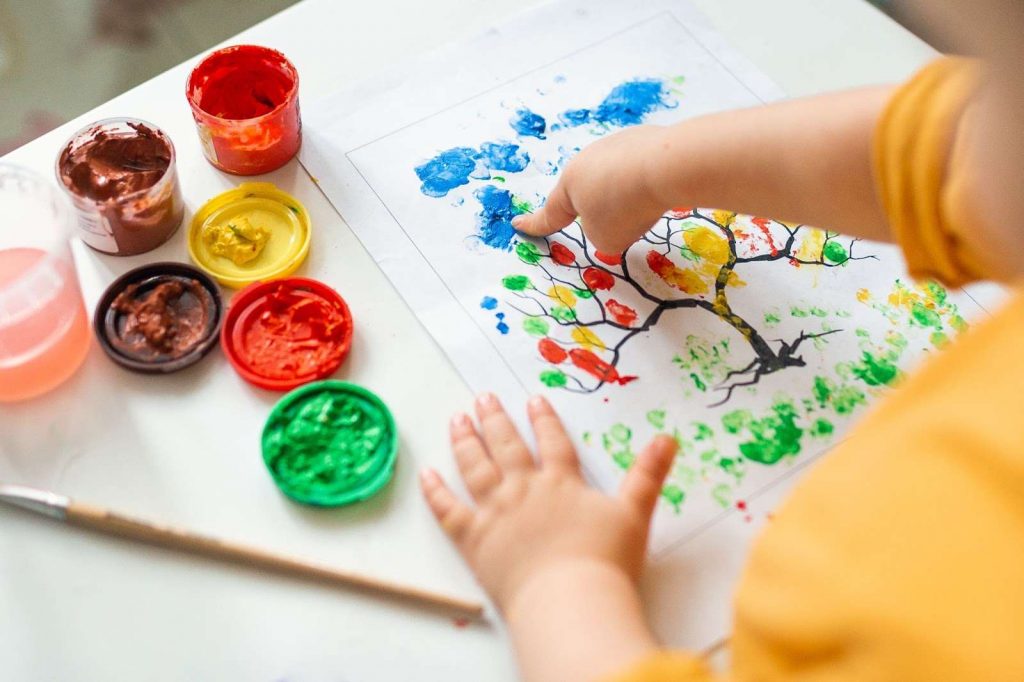
How to do it: Squirt some paint on a plate, and let your child dive in with their fingers. They can create colorful masterpieces without any paintbrushes.
Why it helps: If you are looking for easy fine motor activities, then engaging your kid in finger painting is a good option. It engages children’s tactile senses and fine motor skills as they swirl, mix, and spread paint using their fingers. It’s a messy, but delightful way for kids to explore their artistic talents and develop coordination.
4. Cutting and Snipping
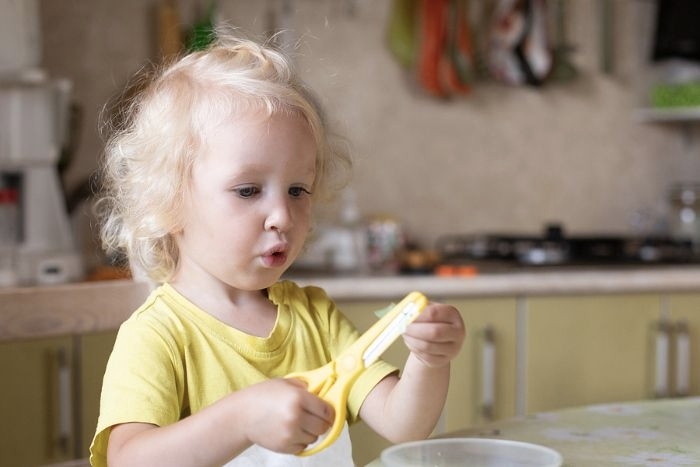
How to do it: Show your child how to hold scissors safely and let them cut through paper. They can make fun shapes or fringe for crafts.
Why it helps: Cutting and snipping paper not only introduces kids to basic scissor skills but also improves hand strength, hand-eye coordination, and precision. It’s a step towards independence and creativity in art projects.
5. Building with Blocks
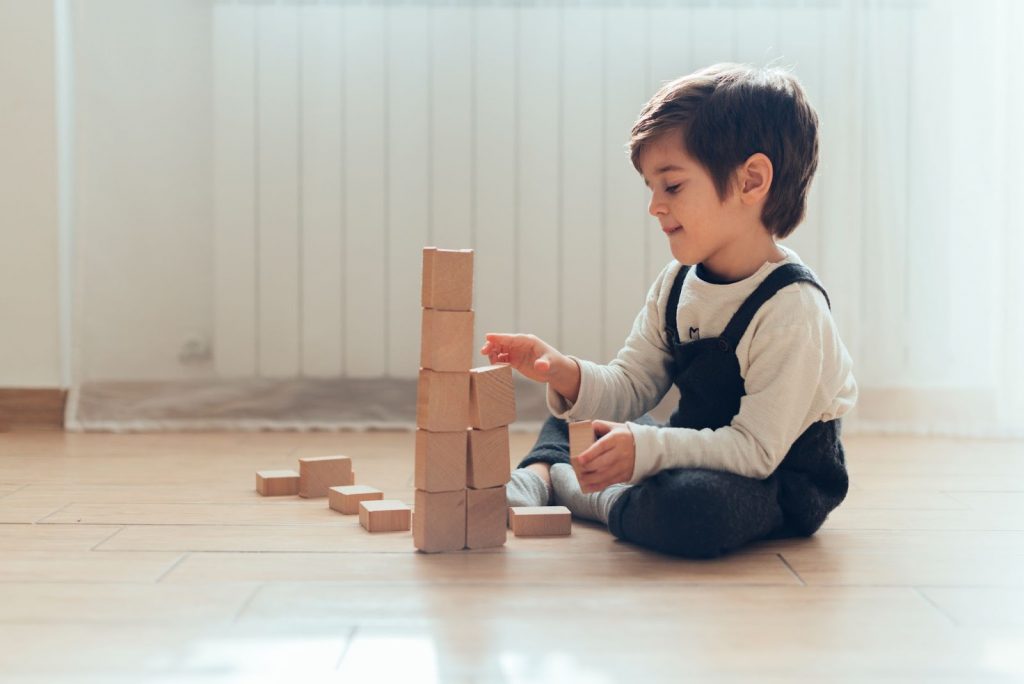
How to do it: Give your child a pile of building blocks, and watch them create towers, houses, and bridges. It’s like being a little architect.
Why it helps: Building with blocks encourages spatial awareness, fine motor skills, and problem-solving. Children learn to balance and arrange blocks, fostering creativity and critical thinking.
6. Threading with Pasta
How to do it: Take uncooked pasta (and maybe even dye it with food coloring for extra fun), then let your child string the pasta to make a noodle necklace or bracelet.
Why it helps: Threading pasta strengthens fine motor skills, hand-eye coordination, and patience. It’s a simple yet effective way for children to improve their dexterity while creating wearable art.
7. Solving Puzzles
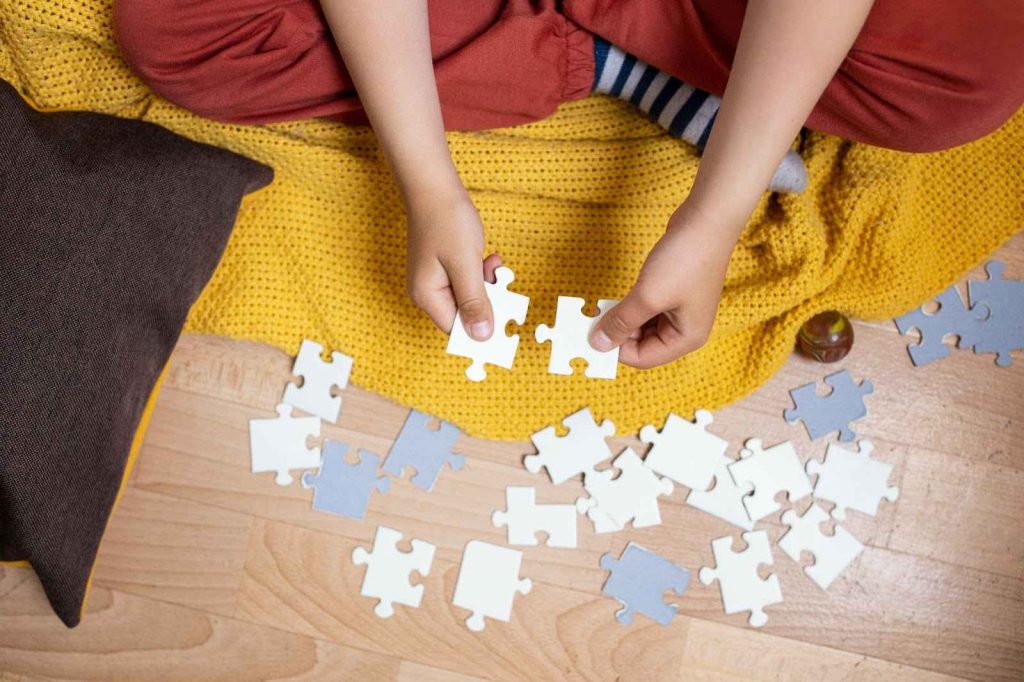
How to do it: Start with easy puzzles and let your child put the pieces together. As they get better, try more challenging ones. It’s like a puzzle-solving adventure.
Why it helps: Puzzles promote concentration, patience, and fine motor control as kids manipulate puzzle pieces to fit together. They also enhance cognitive skills, pattern recognition, and memory.
Related Reading: Best Math Puzzles for Kids to Improve Cognitive Abilities
8. Sticker Fun
How to do it: Provide your child with sheets of stickers and blank paper. They can peel off stickers and place them on the paper to create colorful scenes or designs.
Why it helps: Sticker activities refine fine motor skills, finger strength, and hand-eye coordination. Kids also enjoy the creative aspect of arranging stickers to tell their own stories or decorate pictures.
9. Button Sorting
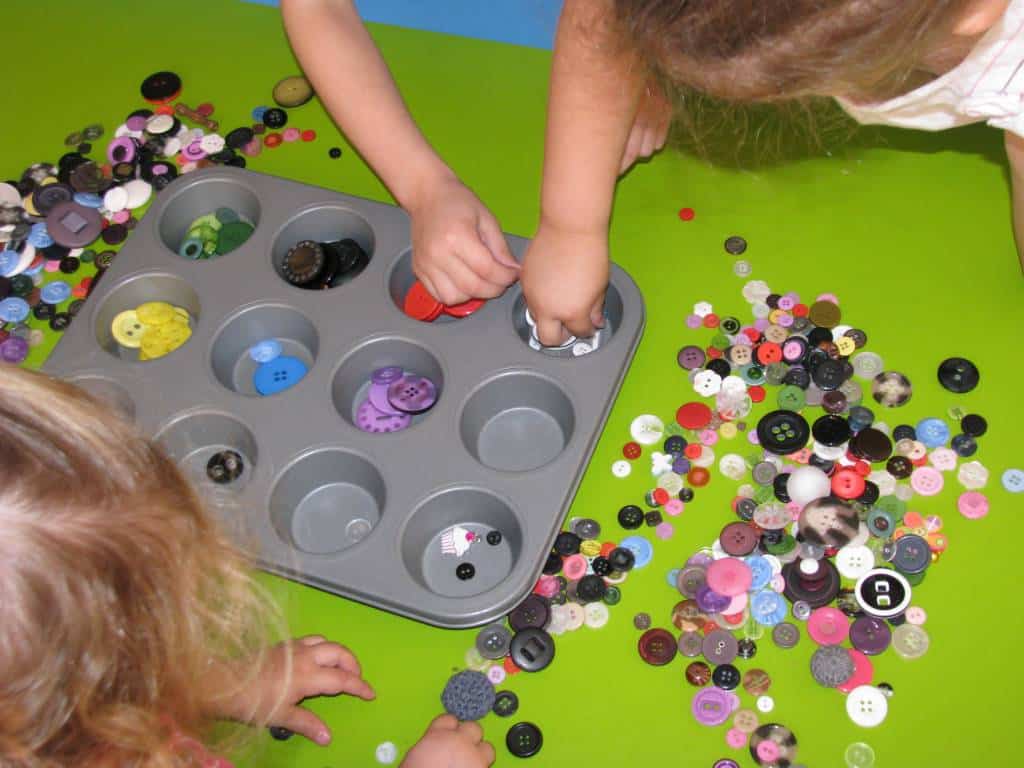
How to do it: Gather a collection of buttons and encourage your child to sort them based on different criteria like color or size. They can use their fingers to pick up and place the buttons into various groups.
Why it helps: Button sorting is one of the most engaging fine motor activities for preschoolers to improve fine motor skills, categorization abilities, and attention to detail. It also lays the foundation for early math concepts.
Related Reading: Best Pre-k Math Tips To Develop Math Skills
10. Tracing Shapes
How to do it: Create shapes on paper, and preschoolers can practice tracing them using pencils or crayons. This helps develop their hand-eye coordination and control of writing tools.
Why it helps: “Tracing Shapes” is a versatile activity that not only supports a child’s fine motor development but also lays the groundwork for their various cognitive and academic skills. It’s a simple yet effective way to prepare preschoolers for the more complex tasks they will encounter as they progress in their educational journey
11. Tearing Paper Collage
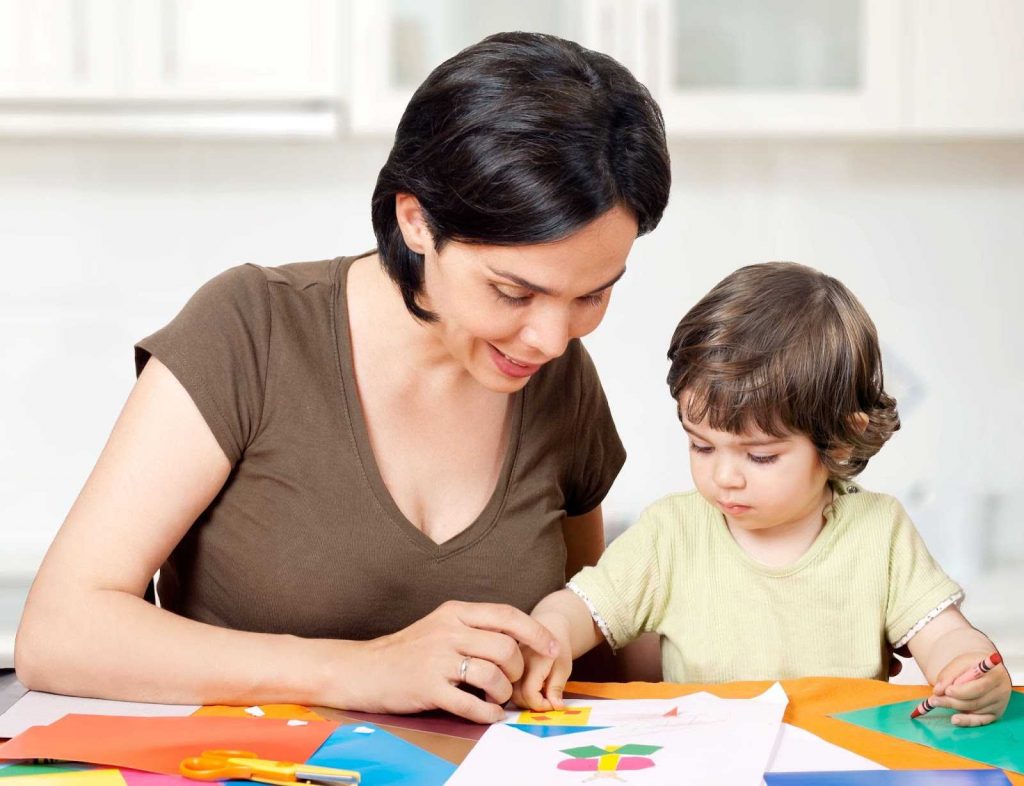
How to do it: Give your child various colored papers and encourage them to tear them into small pieces. Then, they can glue the torn pieces onto a larger sheet of paper to make a collage.
Why it helps: Tearing paper promotes fine motor control, finger strength, and tactile exploration. It’s a sensory-rich way for kids to express themselves through art.
12. Play with Clothespins
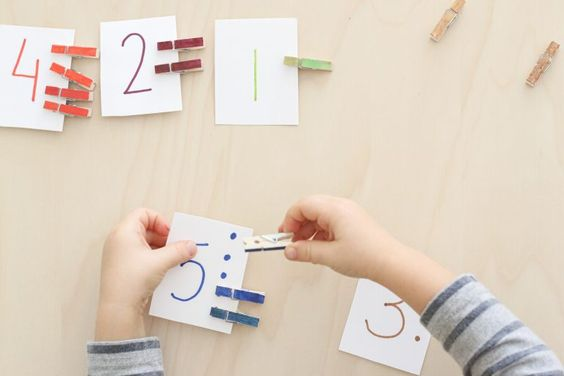
How to do it: Attach clothespins to cards, and your child can clip and unclip them. You can also create a clothesline with string, and they can hang clothes with the clothespins.
Why it helps: Playing with clothespins enhances fine motor skills, hand strength, and coordination. It’s a practical activity that mimics real-life tasks.
13. Cutting Playdough Snake
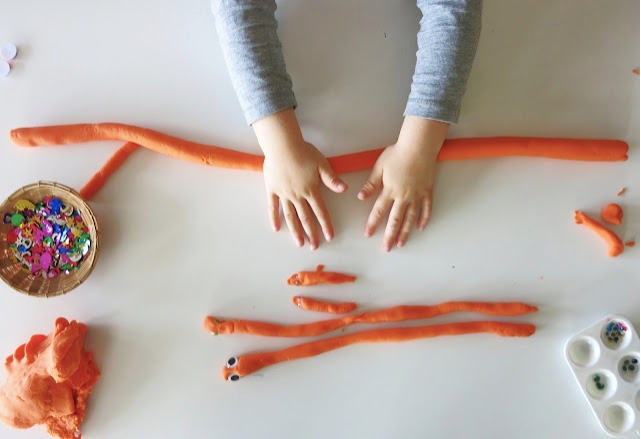
How to do it: Roll playdough into a snake shape, and let your child use scissors to cut it into little sections.
Why it helps: Cutting playdough snakes builds fine motor skills and introduces scissor control in a playful way. It’s a precursor to cutting paper and other crafts.
14. Poking and Pinching
How to do it: Provide supervised access to a pushpin or child-safe tweezers. Your child can poke holes along drawn lines or use tweezers to pick up small objects like cotton balls.
Why it helps: Poking and pinching activities refine fine motor control, finger strength, and precision. They also encourage focus and patience.
15. Dot-to-Dot Coloring
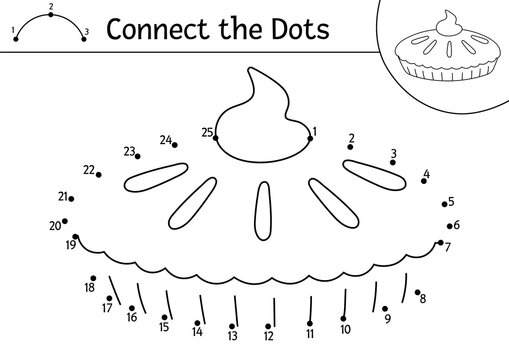
How to do it: Print or provide dot-to-dot worksheets. Your child can connect the dots in order and then color the resulting picture.
Why it helps: Dot-to-dot coloring improves fine motor control, hand-eye coordination, and number recognition. It also encourages attention to detail.
16. Squeezing Sponges
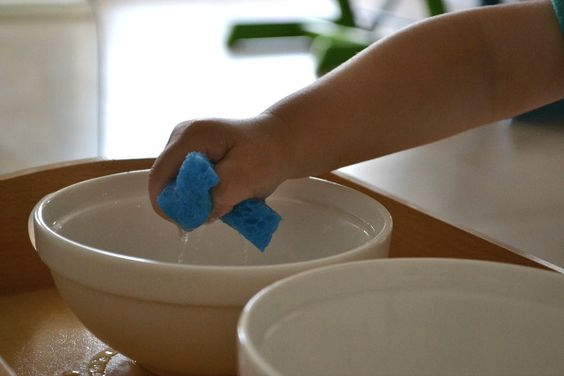
How to do it: Fill a bucket with water and provide sponges. Your child can dip the sponges in water, then squeeze them to release the water into another container.
Why it helps: Squeezing sponges strengthens hand muscles and coordination. It’s a practical activity that also teaches concepts of absorption and release.
17. Tongs and Transfer
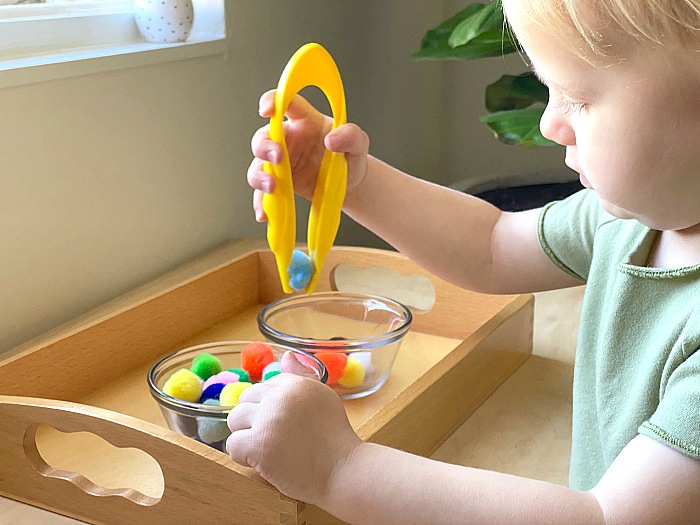
How to do it: Provide small objects (e.g., pom-poms or cotton balls) and kitchen tongs. Your child can pick up the objects with the tongs and transfer them to different containers.
Why it helps: Tongs and transfer activities enhance fine motor skills, hand-eye coordination, and concentration. They also promote independence in self-help tasks.
18. Stamping Art
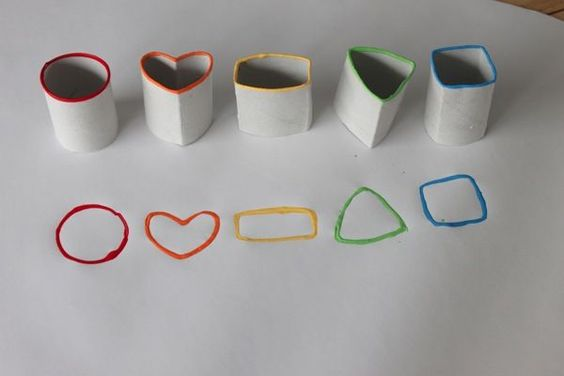
How to do it: Collect various objects like sponges, fruits, or toy cars. Dip them in paint and stamp them onto paper to make unique art.
Why it helps: Stamping art boosts fine motor skills as kids manipulate objects to create patterns and images. It encourages creativity and experimentation.
19. Q-Tip Painting
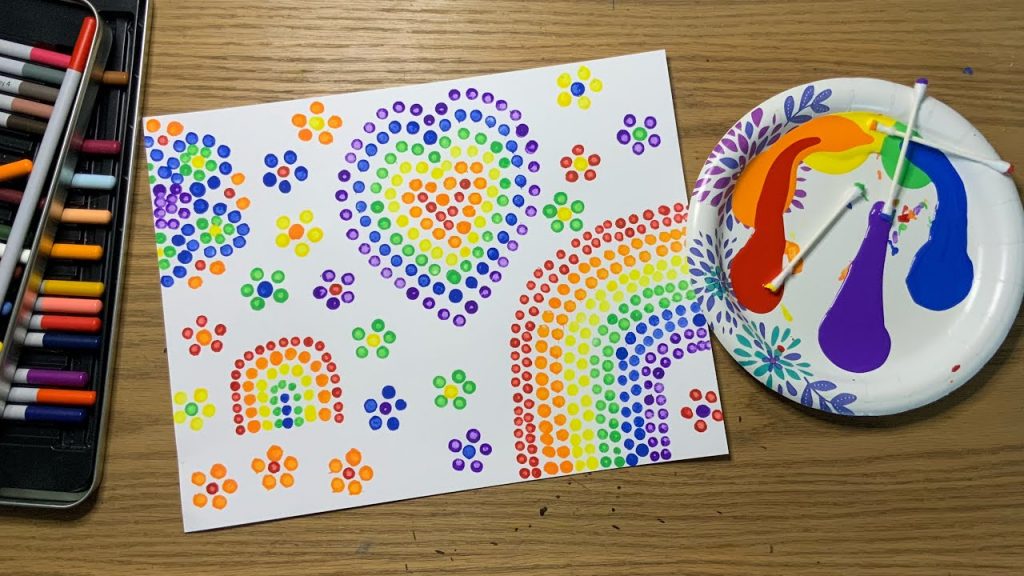
How to do it: Dip the end of a Q-tip into paint and use it to create fine lines, dots, or details in artwork.
Why it helps: Q-tip painting refines fine motor control and precision in art. It’s a neat way for kids to explore painting in a controlled manner.
20. Sock Sorting
How to do it: Gather a variety of socks, mix them up, and ask your child to sort them into pairs by matching colors or patterns.
Why it helps: Sock sorting improves fine motor skills and categorization abilities. It’s a practical activity that helps with daily organization.
21. Stacking Cups
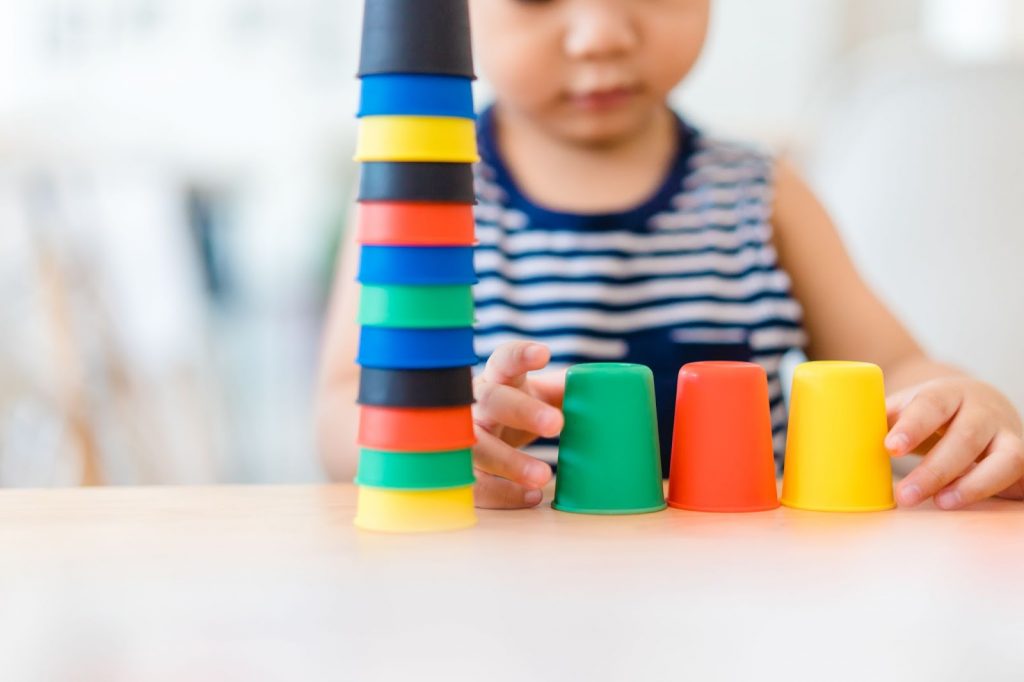
How to do it: Provide a set of cups and let your child stack them into towers or pyramids. They can also create patterns by alternating colors.
Why it helps: Stacking cups is one of the easiest motor skills activities for preschoolers that enhances fine motor skills, hand-eye coordination, and spatial awareness. It’s an activity that combines play and learning.
Related Reading: Best Fine Motor Activities for Kids
Conclusion
Through this plethora of fine motor skills ideas undertake a colorful yet meaningful journey towards development of fine-motor skills. Pre-k fine motor activities are more than just play; they’re building blocks for independence, creativity, and future academic success. They empower young learners to express themselves, solve problems, and engage with the world around them. So, the next time you see your little one engrossed in finger painting or threading beads onto a string, remember that they’re not just having fun—they’re honing skills that will serve them well throughout their lives. Incorporate these fine motor activities for kids into your child’s daily routine, and watch as their confidence, creativity, and capabilities blossom.
Related Reading: Best Color Activities for Preschoolers to Boost Creativity
Frequently Asked Questions (FAQs)
When should I start introducing fine motor activities to my preschooler?
You can start introducing fine motor activities to your child as early as toddlerhood. Around the age of 2, children can begin to engage in basic activities like stacking blocks or scribbling with crayons. As they grow, you can gradually introduce more complex activities that align with their developmental milestones.
Are these activities suitable for children with special needs or developmental delays?
Yes, many of these activities can be adapted to suit the needs of children with special needs or developmental delays. It’s essential to modify the activities based on your child’s abilities and consult with a pediatric therapist or specialist for guidance on appropriate adaptations.
How can I encourage my child to participate in preschool fine motor activities if they seem disinterested?
Patience and encouragement are the keys. Choose activities that align with their likes, and provide positive reinforcement and praise for their efforts. Keep the activities fun and lighthearted, and don’t push too hard. Sometimes, taking breaks and returning to the activity later can also help maintain their engagement.
What are some signs that my child may benefit from fine motor skill activities?
Look for signs such as difficulty holding utensils, struggles with fastening buttons or zippers, trouble with coloring or drawing, or challenges in using scissors. If you notice any of these difficulties, it may be a good idea to incorporate fine motor activities into your child’s routine to help them develop these essential skills.
How do I ensure safety while my child engages in these activities?
Safety is paramount. Always supervise your child during these activities, especially when they involve small objects or tools like scissors. Make sure materials are age-appropriate and non-toxic. Keep small objects out of reach when not in use. Additionally, be mindful of choking hazards and potential allergens when selecting materials for sensory play activities.
























